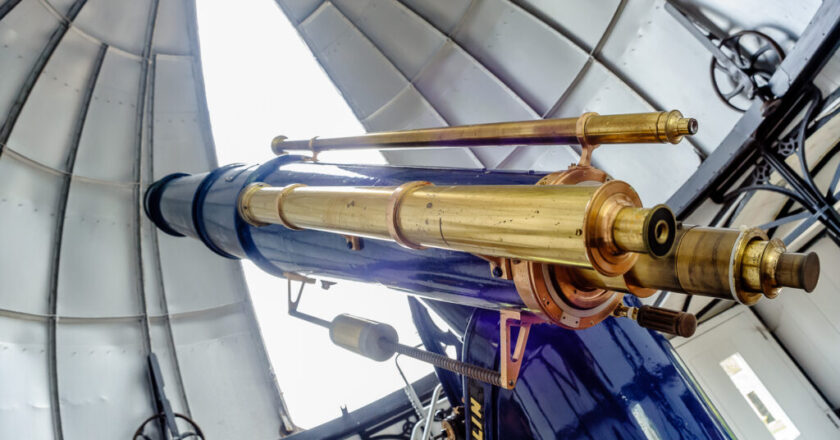The Grubb 10-Inch Telescope in its 140th year – Astronotes
By Matthew McMahon (Museum Collections Officer) and Malcolm McCleery (Volunteer Researcher)
Figure 1. Dr Lindsay, the 7th Director, posing with the Grubb 10 in the late 1940’s for the Irish Times (Armagh Observatory and Planetarium)
Curators and Historians are not meant to have favorites. Like good parents or carers (the root of the word curator is to care after all), we are meant to love all our charges equally, from the oldest manuscripts to the newest computers, that we keep for future generations. However, if you press any of them, you’ll discover they all secretly have a favorite and this is ours.
140 years ago, workmen had been bustling during the summer of 1885 on College Hill, Armagh, to prepare a new dome and telescope for use by the Director, Dr John Louis Emil Dreyer. The tele...




